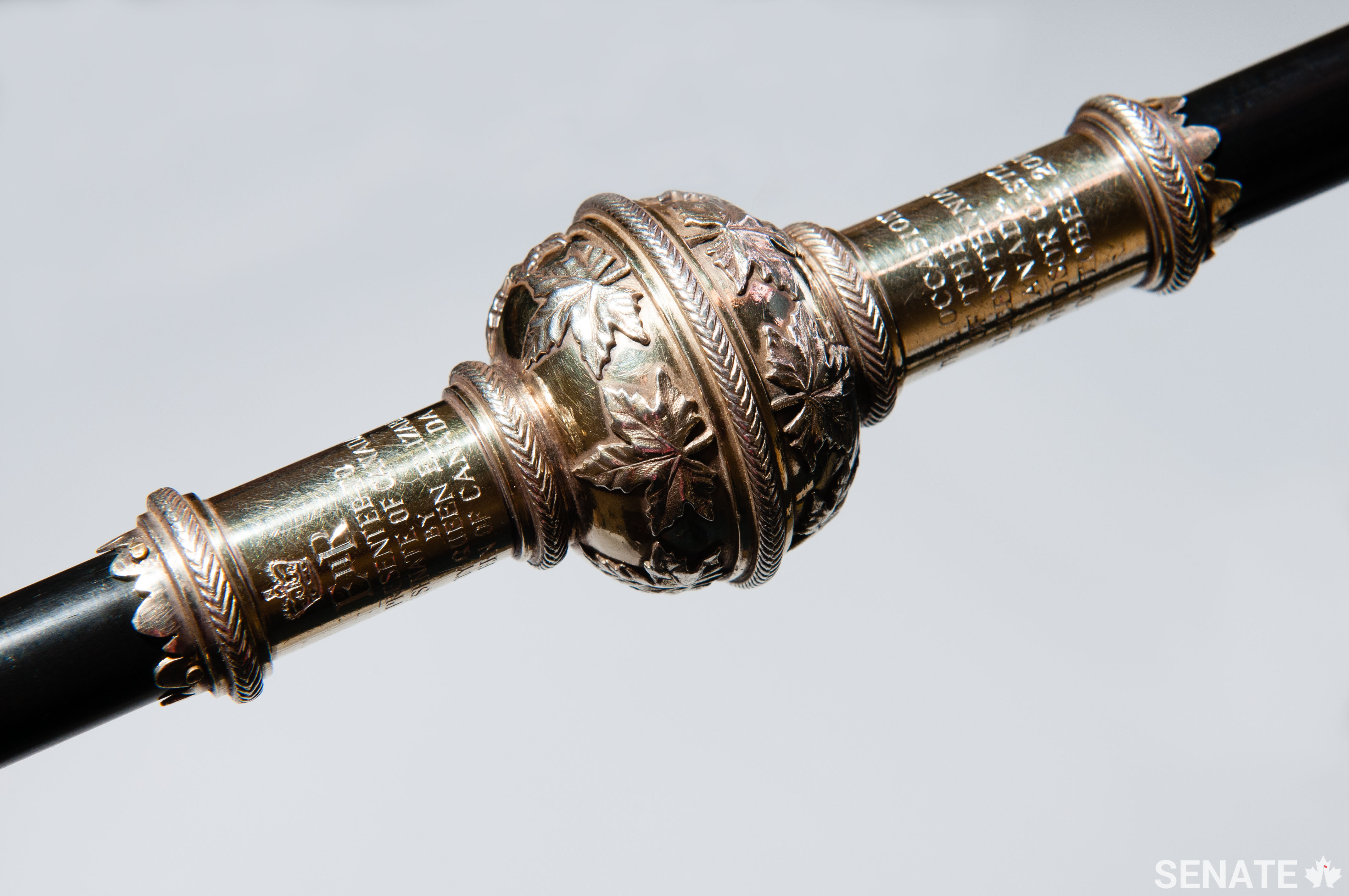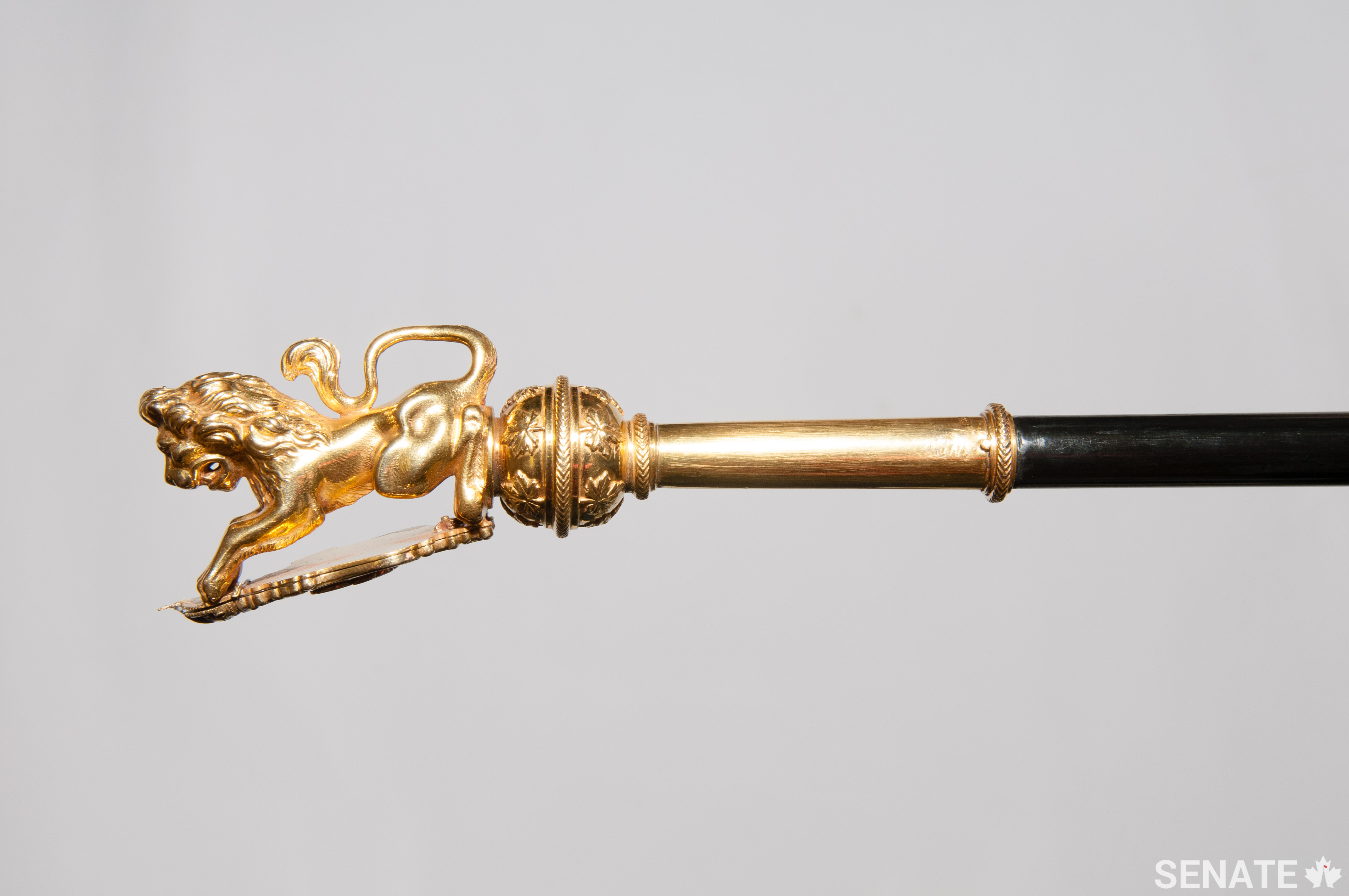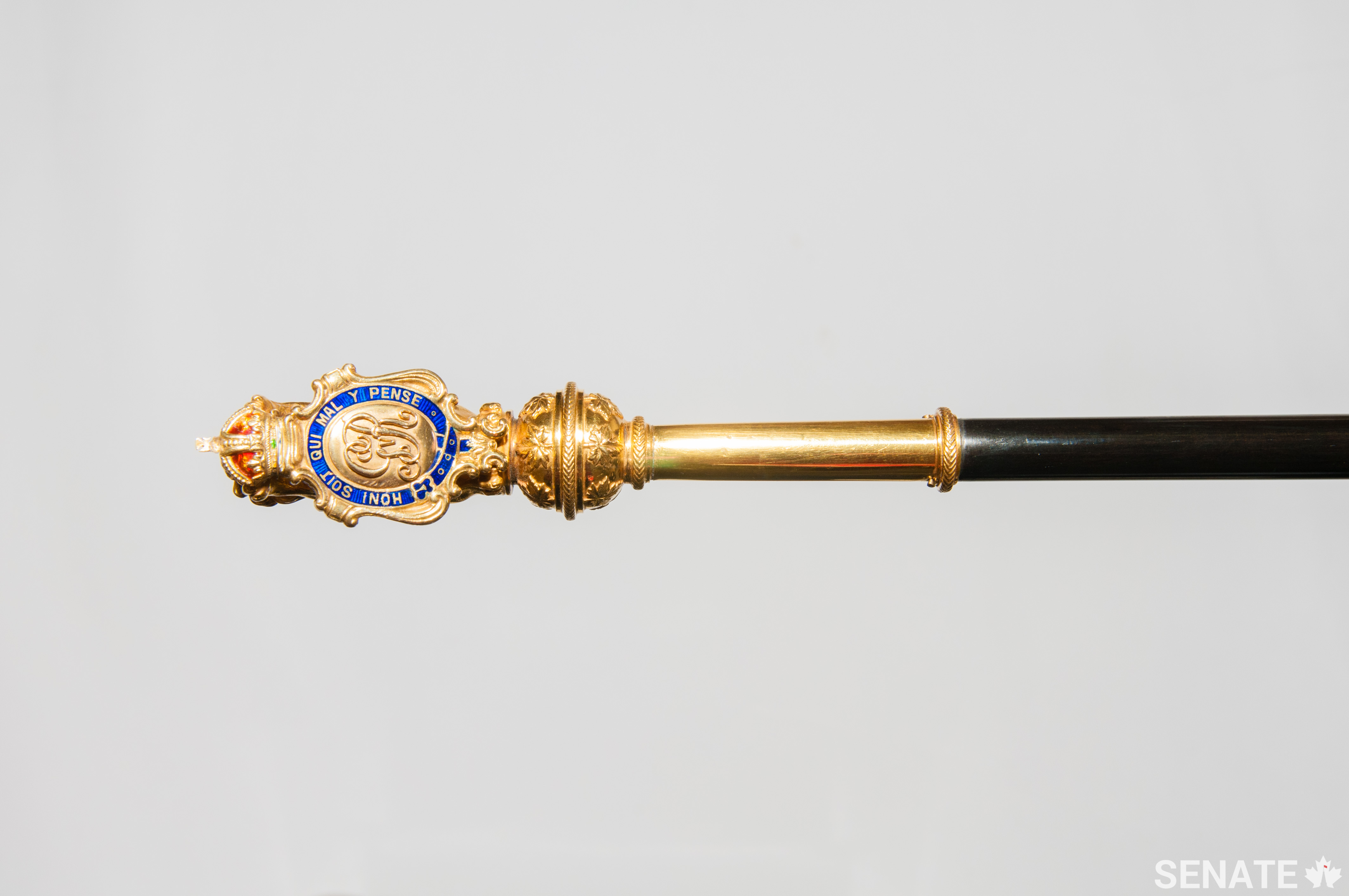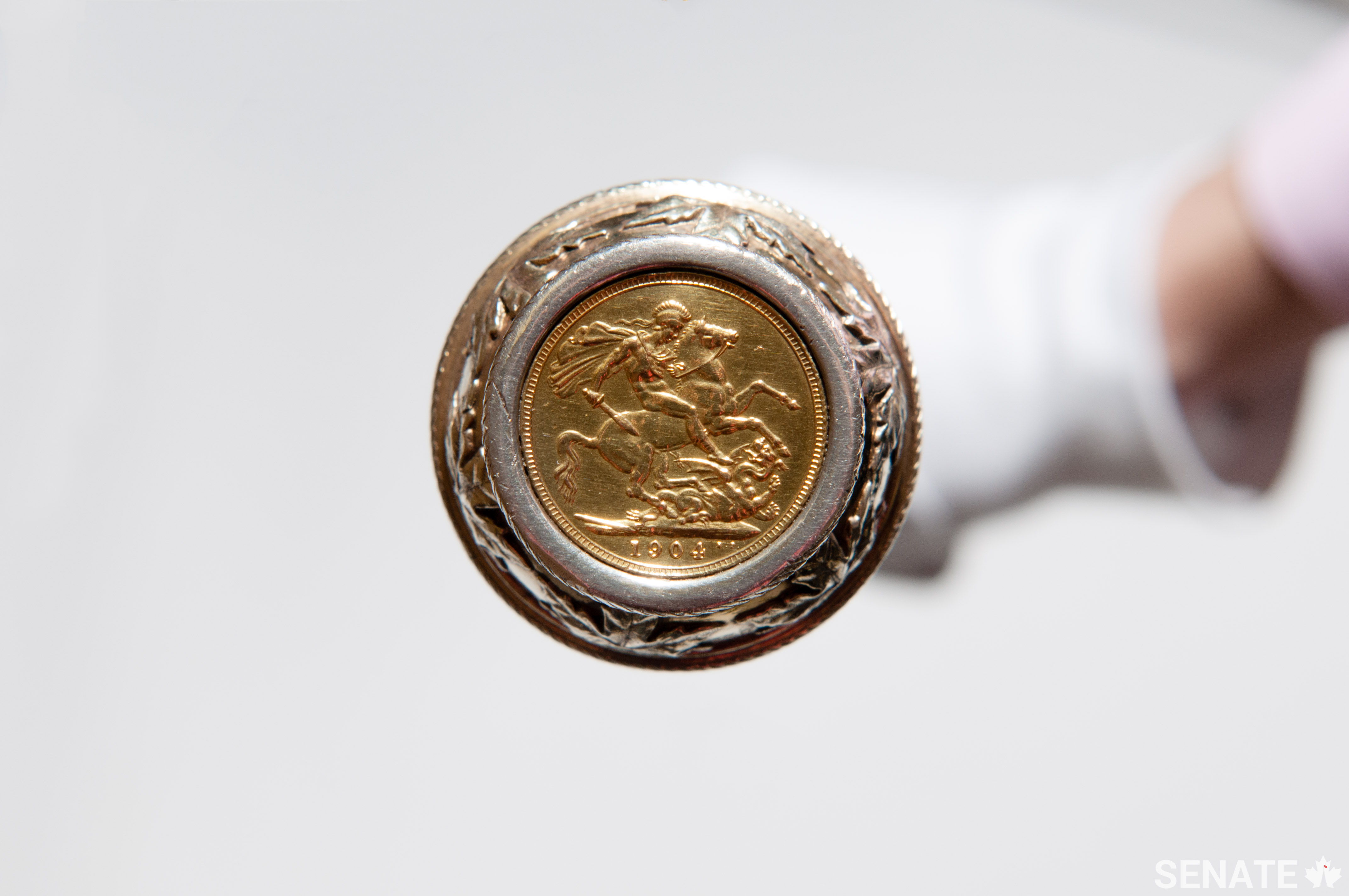A royal restoration of the Black Rod
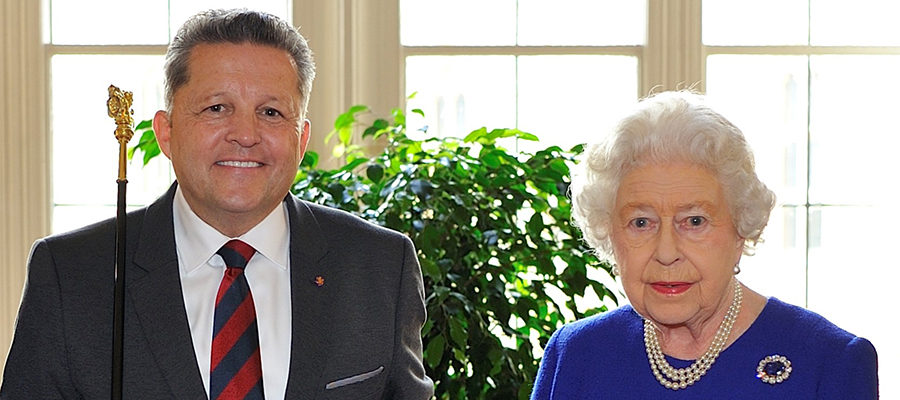
Canada might be a young country, but its Parliament is actually one of world’s oldest, continually-operating legislative chambers. And with that comes tradition.
Enter the Usher of the Black Rod — one of Parliament’s most senior officers and a floor officer of the Senate. The current usher, J. Greg Peters, M.V.O., is the 16th to hold the position since Confederation in 1867. In fact, the Usher of the Black Rod is the third longest continuously held state office, after the Crown and the Governor General.
As you might guess from the name, he carries around a black rod — or an ebony cane to be more precise. It’s a symbol of authority dating back 600 years to the British Parliament. Historically, the usher is the personal attendant and messenger of the Sovereign (or Governor General in Canada) when in Parliament — meaning he or she stands between the head of state and anyone who would like to approach, granting access, or not. Among the usher’s duties are managing the Mace Bearer, the Senate’s team of pages, leading the Speaker’s parade at the opening of every sitting of the Senate and inviting members of the House of Commons to the Senate for the Speech from the Throne or for the Royal Assent of a bill — by knocking three times on the door of the Commons with the base of the rod.
The current Black Rod actually isn’t the same one used at the time of Confederation. The original is thought to have been made in Montreal in the 1840s for the legislative assembly of the United Province of Canada. After Confederation in 1867, it was transferred to the Senate in Ottawa, but was lost in the fire that razed Parliament’s Centre Block in 1916.
The current rod was made by Garrard & Co. Ltd., the then-Crown Jewellers in London. In its century-long tenure, it has seen some tough times. Snapped in half in 1967, glued back together, mended with black painted birch once and with Brazilian rosewood a second time (by woodwork enthusiast senator Henry Davies Hicks in his Nova Scotia workshop, in fact). It has been scratched, cracked and seen some fading. Some pieces even went missing.
In short, the Black Rod was in need of some fixing up. Over the summer of 2016, Mr. Peters took the Black Rod to Windsor Castle for a royal restoration — a gracious gift to the Senate of Canada from Her Majesty the Queen of Canada on the occasion of Canada’s 150th birthday.
Under the direction of Adrian Smith, L.V.O., and the artisans and craftspeople of Windsor Castle, a 20th Century, ebony walking cane, likely of West African origin, was turned by hand, then finished with fine abrasive paper and a layer of hard black wax. New brass pins were installed. The Black Rod’s orb and Maltese cross were repaired, among other pieces which were transferred from the old rod to the new.
Its middle knop (see photo) also got a new engraving, forever tying the Black Rod to Queen Elizabeth II.
